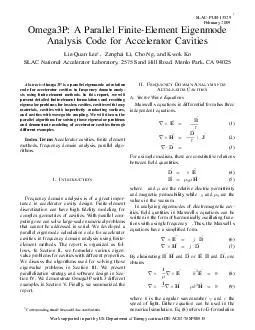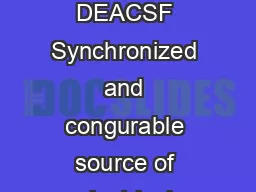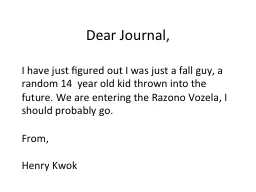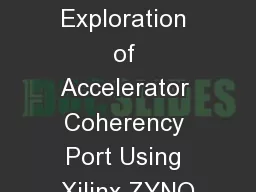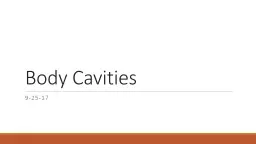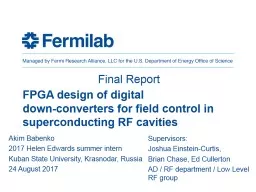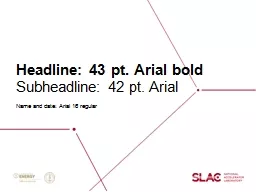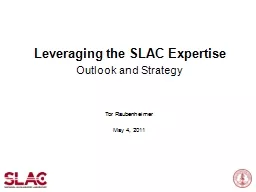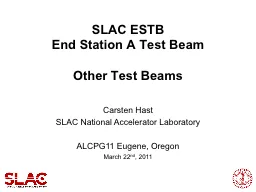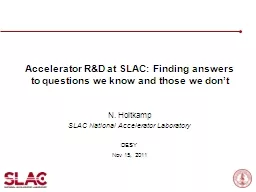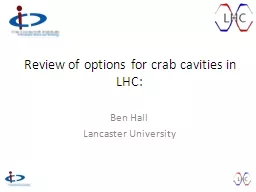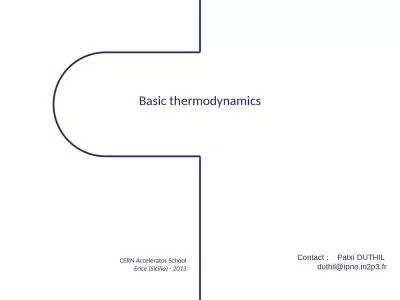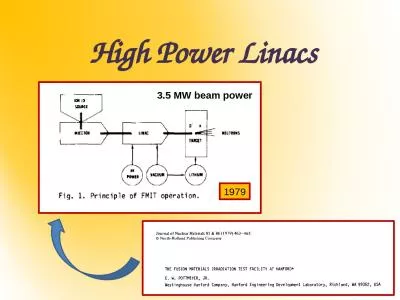PDF-Work supported in part by US Department of Energy contract DEACSF OmegaP A Parallel FiniteElement
Author : marina-yarberry | Published Date : 2014-12-14
In this report we will present detailed 64257niteelement formulations and resulting eigenvalue problems for lossless cavities cavities with lossy materials cavities
Presentation Embed Code
Download Presentation
Download Presentation The PPT/PDF document "Work supported in part by US Department ..." is the property of its rightful owner. Permission is granted to download and print the materials on this website for personal, non-commercial use only, and to display it on your personal computer provided you do not modify the materials and that you retain all copyright notices contained in the materials. By downloading content from our website, you accept the terms of this agreement.
Work supported in part by US Department of Energy contract DEACSF OmegaP A Parallel FiniteElement: Transcript
Download Rules Of Document
"Work supported in part by US Department of Energy contract DEACSF OmegaP A Parallel FiniteElement"The content belongs to its owner. You may download and print it for personal use, without modification, and keep all copyright notices. By downloading, you agree to these terms.
Related Documents

